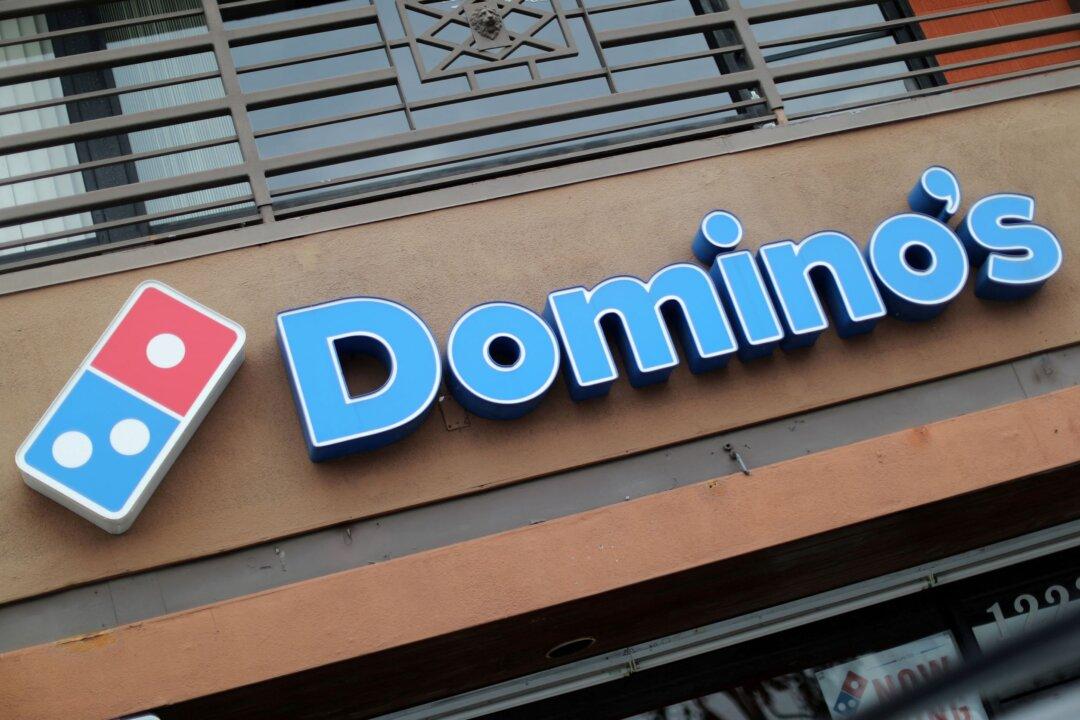Domino’s Pizza has shuttered the last of its locations in Italy, officially ending a seven-year failed attempt to bring American fast-food pizza to the Mediterranean country from which the dish derives.
On Tuesday, Italians began to notice that the 13 remaining Domino’s franchises in their country were not responding to calls, just months after an April tribunal allotted the company 90 days of protection against creditors. With those protections having expired on July 1, the company has quickly ramped down its operations in the country, ceasing deliveries altogether on July 29. The unresponsive phone lines of Tuesday appear to mark the silent death knell of the company’s Italian experiment.





